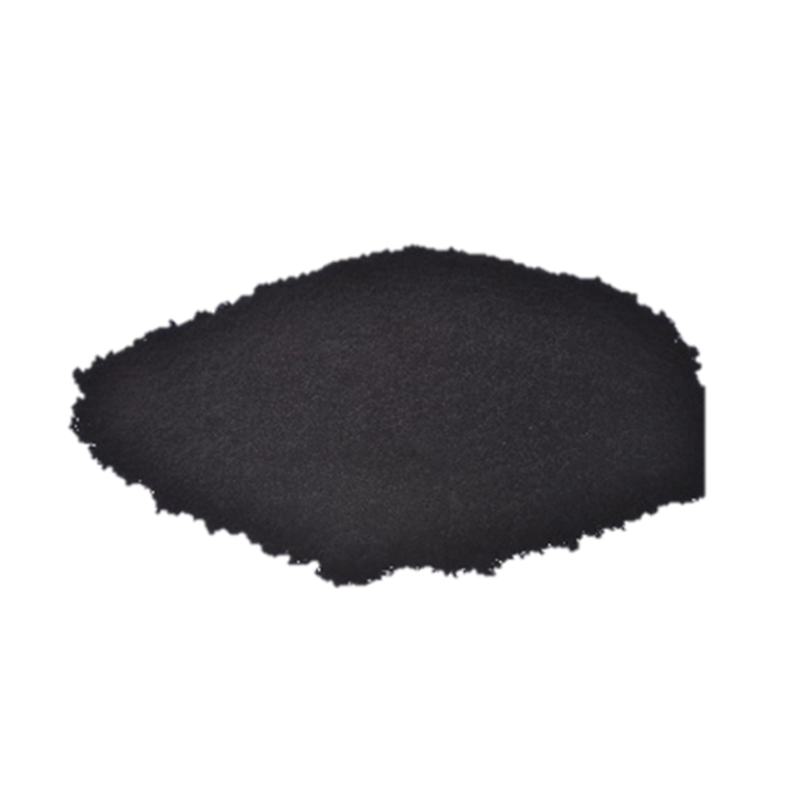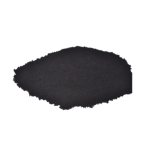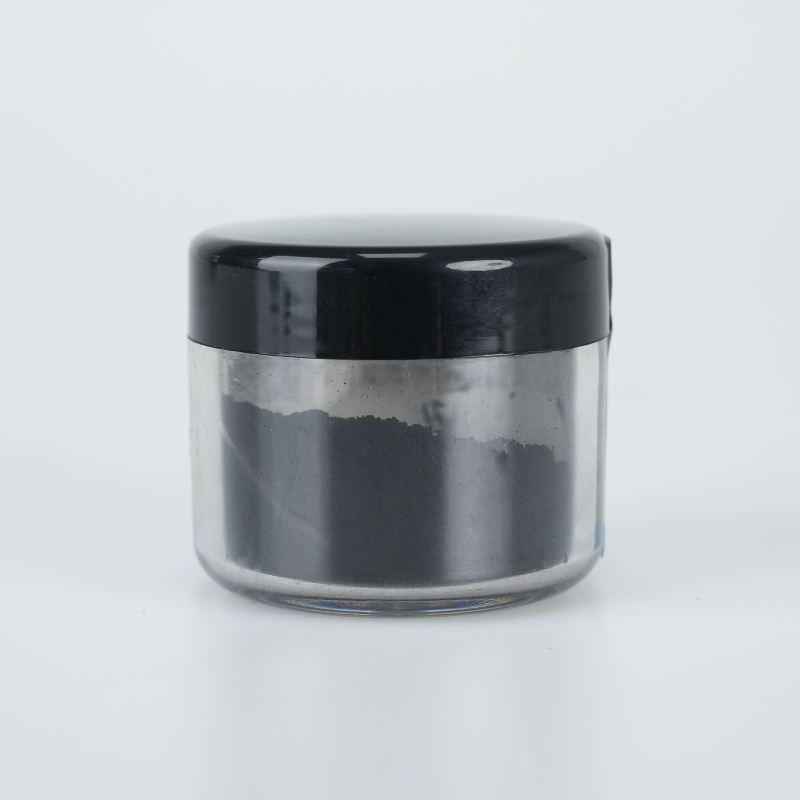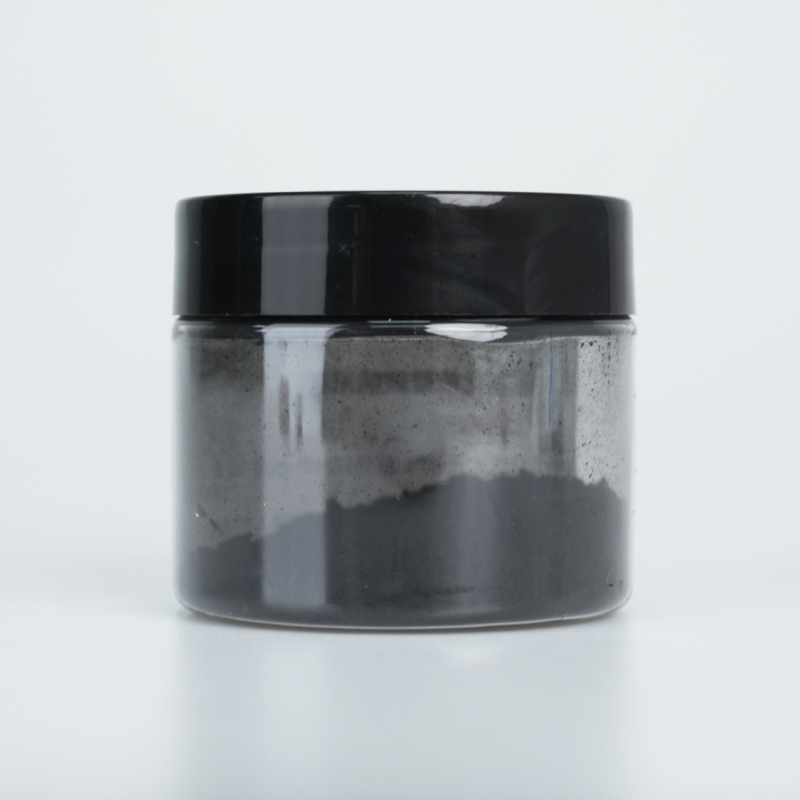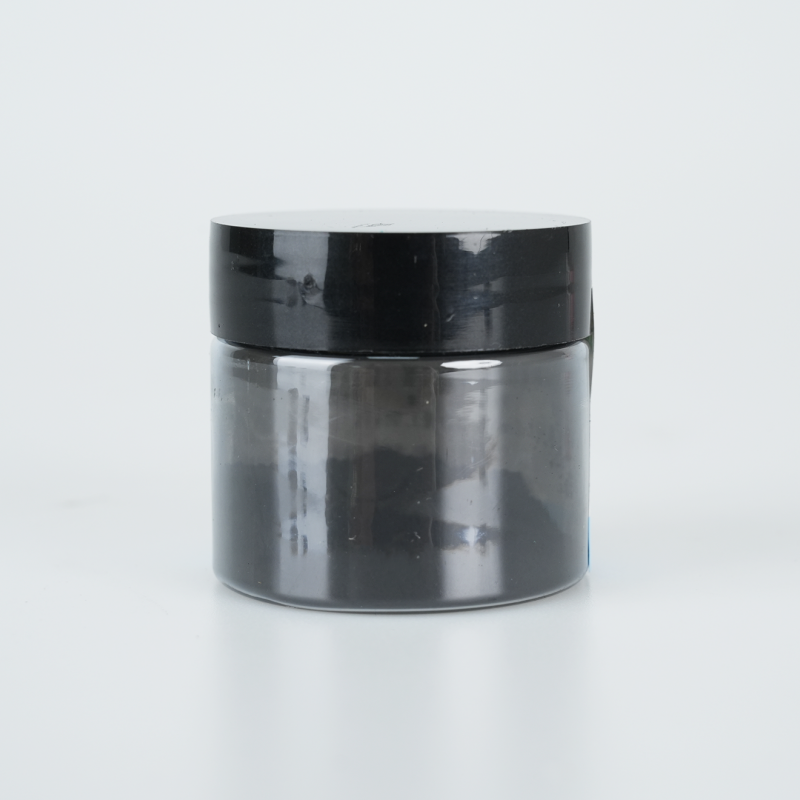High-quality carbon nanotubes deliver exceptional electrical conductivity, superior mechanical strength, and optimized thermal stability. Designed for advanced applications, they ensure efficient material integration, extended durability, and high-performance adaptability.
Product Overview
High-quality carbon nanotubes (CNTs) are hollow tubes made of multiple concentric graphite layers, offering exceptional mechanical, electrical, and thermal properties. Produced through advanced chemical vapor deposition (CVD) techniques, these multi-walled carbon nanotubes (MWCNTs) find broad applications across various fields, including nanocomposites, hydrogen storage, and sensors. Their unique structure and superior properties make them critical in nanotechnology and materials science.
Key Features
- Excellent Mechanical Properties: Carbon nanotubes have extremely high strength and toughness, with theoretical strength many times that of steel.
- Outstanding Electrical Performance: CNTs exhibit excellent conductivity, with electrical properties influenced by their diameter, aspect ratio, structure, and fabrication method.
- Superior Thermal Conductivity: With high thermal conductivity, these nanotubes can effectively transfer heat, making them suitable for high-temperature applications.
- Large Surface Area: Their large specific surface area provides a high number of reactive sites, making them ideal for adsorption, catalysis, and other surface-related applications.
Applications
- Polymer Additives: Enhance the properties of polymers, increasing strength, toughness, and other physical characteristics.
- Catalyst Supports: Serve as catalyst supports, improving reaction efficiency and selectivity.
- Cathode Ray Lighting Components: Used as electron field emitters in lighting devices.
- Gas Discharge Tubes in Telecommunication Networks: Act as the core material for gas discharge tubes, enhancing performance.
- Energy Conversion and Hydrogen Storage: Applied in energy conversion systems and hydrogen storage, improving efficiency and capacity.
- Lithium Battery Anode Materials: Enhance battery performance and cycle life in lithium-ion batteries.
- Nanotube Composites: Incorporated into composite materials to improve their overall mechanical and electrical properties.
- Sensors and Supercapacitors: Used in the development of highly efficient sensors and supercapacitors.
| Tube Diameter | Tube Length | Ash Content |
| 6-15 nm | 5-15 μm | ≤3wt% |
| 5-15 nm | ≤50 μm | ≤3wt% |
| 4-10 nm | ≤50 μm | ≤5wt% |
| 8-20 nm | ≤50 μm | ≤3wt% |
| 5- 20 nm | ≤50 μm | ≤8 wt% |
| 15- 30 nm | 5-15 μm | ≤2wt% |
| 8-20 nm | 5-15 μm | ≤3wt% |
| 18-40 nm | 5-15 μm | ≤1wt% |
| 3-9 nm | ≤50 μm | ≤0.5 wt% |
| 5-15 nm | ≤50 μm | ≤1 wt% |
| 4-10 nm | ≤50 μm | ≤0.5 wt% |
| 6-15 nm | ≤50 μm | ≤0.5 wt% |
| 5-20 nm | ≤50 μm | ≤0.5 wt% |
| 18-40 nm | ≤50 μm | ≤1 wt% |
| 15-35 nm | 5-15 μm | ≤0.3 wt% |
| 8-20 nm | 5-15 μm | ≤0.5 wt% |
| 18-40 nm | 5-15 μm | ≤0.5 wt% |
 new material
new material

